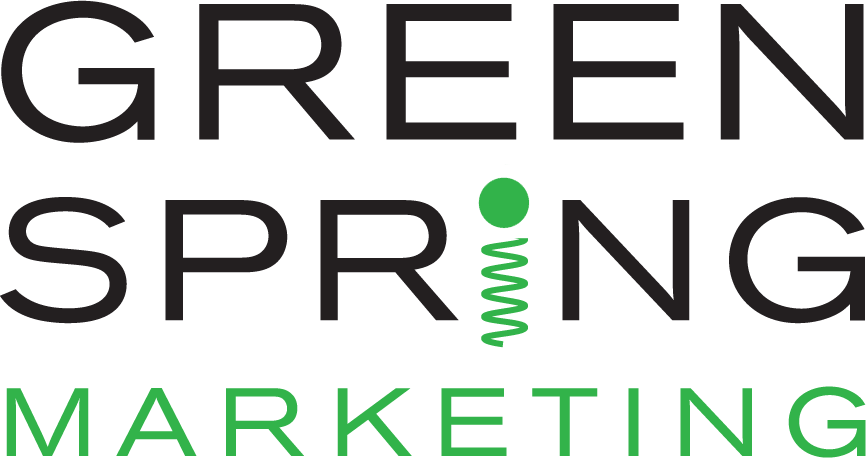Almost everyone who has a website or creates content online knows that search engine optimization is important. Whether you’re trying to build an audience or generate inbound leads, the right content can help you achieve your goals, even in the vastness of the internet. But if you’ve never used search engine optimization, it can be hard to know where to start. Here’s what you need to know to start using search engine optimization on your website.
What is Search Engine Optimization?
Search engine optimization (SEO) is a way of writing content that makes it more likely to show up in search engine results. SEO uses keywords and key phrases that readers would use to search for information. Since search engine algorithms use search terms to find content, the content that includes those search terms is going to be in the search results. When content uses those words appropriately, readers are more likely to see your content, drawing in your target audience using the questions they ask and search terms they use every day. The key to success is to use the keywords and phrases enough to appear high in search engine results while still making sense in the content of the article.
Including Keywords in the Body Text
Once you know what keywords and key phrases are used by your audience, you can include those words and phrases in your body text. When you’re writing an article, you sprinkle the keywords throughout the article. That triggers the search engine algorithms. When you use keywords and key phrases in your body text, it’s important to keep the content from being “stuffed” with keywords, which can make it sound awkward to read. The keywords should be used naturally as part of the flow of information in the article.
Including Keywords in the Headline and Subheadings
Along with including keywords and key phrases in your body text, they should also be included in headlines and subheadings. As with the body text, the keywords and phrases trigger the search engine algorithms to increase the likelihood that the article is found by the appropriate audience. Along with being another opportunity for keywords, the headline and subheadings tell the reader what the content is about before they read it. When someone is skimming your content, the right headlines and subheadings can make the difference between clicking the link or not.
From business websites to sharing personal information, using SEO can help make your content more visible online. The right keywords in the right places can trigger search engine algorithms so your audience clicks on your link instead of a competitor’s. That means you’ll be one click closer to achieving your goals.
